There is an undeniable correlation between addiction and crime that is largely behind the negative perception many of us have about people struggling with the illness. It is nevertheless true that addiction opens the door for crime and that is just by nature of the fact that procuring substances that are illegal becomes a way of life for many addicts. In the US there is a big problem with addiction to prescription drugs which is driving more people from all walks of life to seek alternative solutions to deal with chronic pain or just to feed their dependency.
Unless Addiction Treatment is Sought, Criminal Activity is Almost Inevitable
It is always important to remember that someone with addiction is suffering from an illness and that they are not the person they may have been before drugs seized control of them. The problem is that an addict gets into a mindset of not acknowledging the consequences of their behavior and so they are largely oblivious to the fact they’re doing anything wrong, even if they are stealing from a loved one to finance their next fix.
It is fear of negative judgment from those close to them that prevents many addicts from seeking the treatment they need. However, it’s also important not to make excuses for an addict’s negative behavior as it only serves to enable it further. It is only when an addict is able to truly confront and recognize the impact their negative behavior has on others and themselves that they will be ready to start addiction treatment.
It is the nature of illicitly obtained substances to be expensive, partially because it’s obviously an underworld market but also because the more they are used, the less effective they seem to be. This is because our bodies build a natural tolerance to things we get a lot of, which is why addicts find themselves taking more and more in order to get the sensations they’re used to feeling.
Misconceptions around Opioid Addiction
One of the main reasons opioid addiction has increased in the US is due to the rising number of prescriptions issued, up from 76 million in 1991 to an incredible 207 million in 2013, say NIDA. Because addictive pain relief drugs are now more available than ever before, we are now beginning to see the negative consequences play out, which have resulted in overdose deaths more than tripling in the past 20 years.











